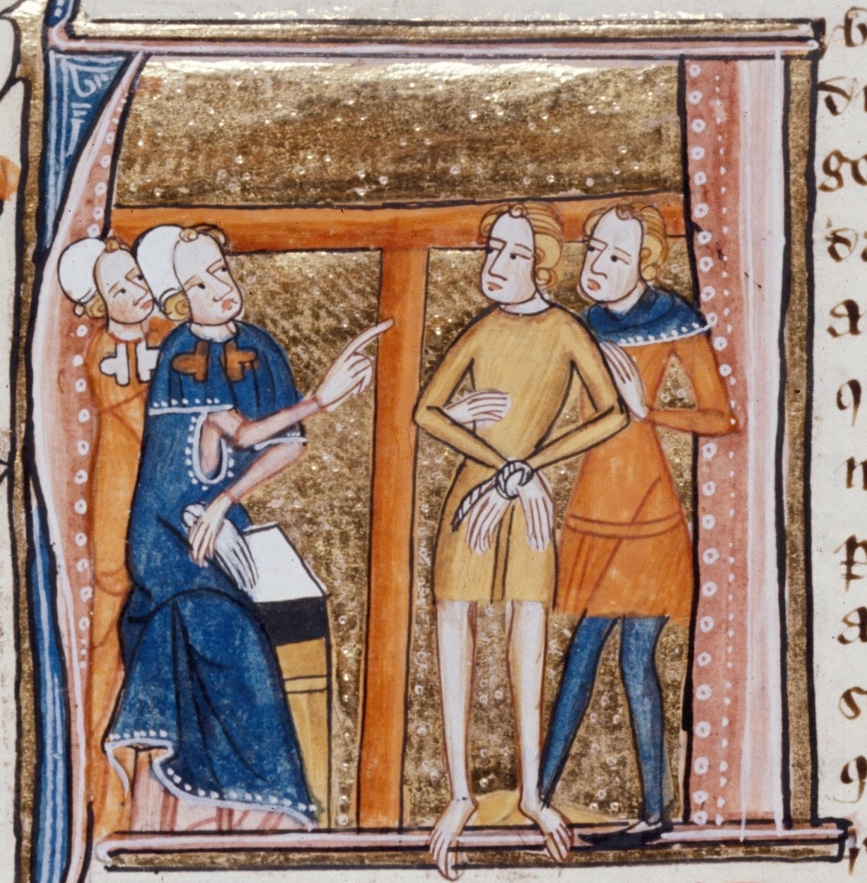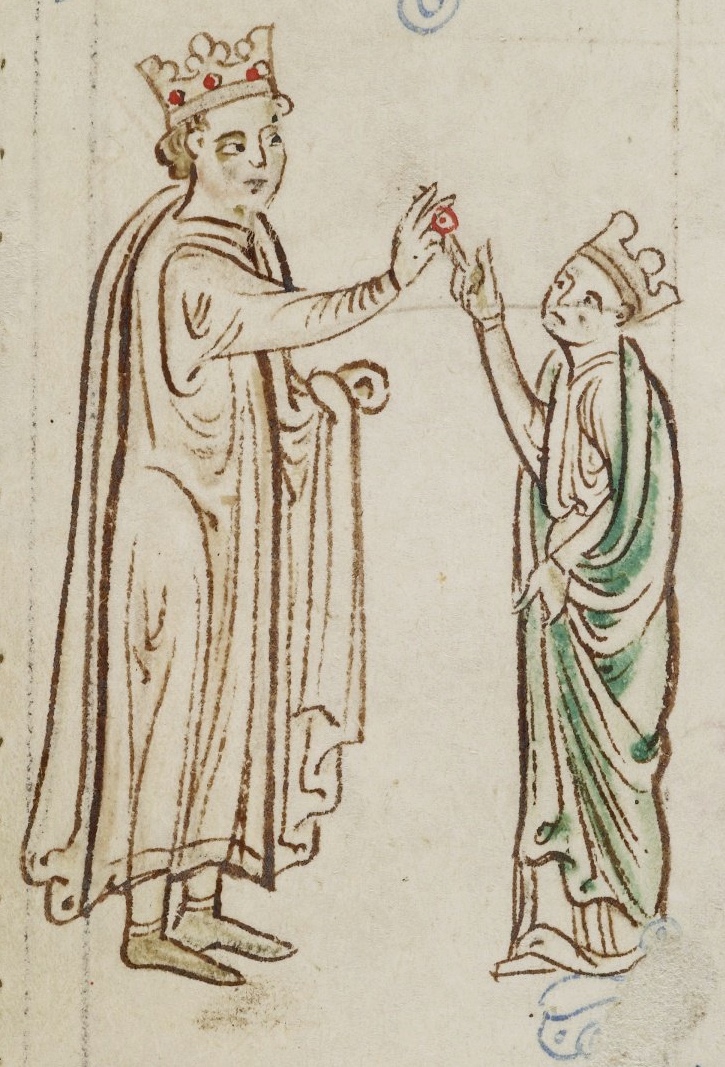Knowledge of child sexual abuse has become more widespread in the United Kingdom in recent years due to the reporting of a number of high profile cases against serial offenders, including the former BBC children’s television presenter Jimmy Saville, the former Labour peer Grenville Janner, and, most recently, several former soccer coaches at the elite level of the game. Such cases, along with other high profile incidents involving paedophile rings, prompted a fierce backlash from the British public against what was perceived to be widespread institutional failures in the safeguarding of children. This resulted in the establishment of the Independent Inquiry into Child Sexual Abuse (IICSA) in March 2015, a troubled but well-meaning body. Difficulties have arisen, in particular, over the suitability of acting representatives and their ability to provide the necessary support for the inquiry in light of individual work commitments. Despite this, as the inquiry acknowledges, the broad array of institutions perceived to have been complicit in the suppression of details of systemic child sexual abuse makes for long and uncomfortable reading.

Notwithstanding the growing willingness of victims to come forward in greater numbers than ever before, institutional failures such as these are by no means solely a product of modernity. Comparable problems were found in monastic institutions in the High Middle Ages. In the eleventh century, for example, the surviving ordinances of Canterbury Cathedral indicate that Archbishop Lanfranc ordered boy recruits to be governed by a monk of mature age and discretion, who was to supervise them going to bed and to be present should any other monk wish to speak to them. This process sought to minimise opportunities for monks guilty of past indiscretions to engage in further illicit sexual activities. However, the bulk of surviving records into alleged abuses in the Medieval Era point strongly towards isolated incidents against girls perpetrated by single men. While such cases represent, at least on the surface, an altogether different set of problems for the medieval English judicial authorities to deal with, in some instances they remain remarkably similar to the cases currently being heard by the IICSA.
An example of this comes from the gruesome case of Agnes de Cloworth, aged 8, heard at Lincoln in 1355, which took almost a decade to come to court and had no clear resolution. According to the Latin record, a local man, Hugh de Outhorp, secretly entered Agnes’ chamber at night, where he attempted to rape her. Unable to do so, however, Hugh took out his knife and cut open her genitals before forcing himself upon her and fleeing. The horrific nature of this crime is made worse still by the actions of his brother, John, then acting bailiff and future mayor of Lincoln, who refused to allow Hugh to be tried for the crime. Furthermore, he threatened to have Agnes and her mother (who brought her bloodied and in danger of death to the court shortly after the attack) banished from the city should they ever speak of the matter again. In fact, as the record of 1355 details, it was due to John’s interventions that the case took so long to come to court. It was eventually heard due to the shifting political landscape following the Black Death (1348-50), as new men came to prominence, some of whom may have had a grudge against the family. Such incidents bear many of the hallmarks of cases currently under investigation by the IICSA, with power and influence being used to suppress due legal process.
Yet simply transposing modern conceptions of child sexual abuse onto medieval society remains problematic, as the way such crimes were perceived was undoubtedly different. It is certainly significant that no form of medieval law—statute, common, customary, or canon—recognised ‘child sexual abuse’ as a concept, even when allowing for anachronistic terminology. Victims were seen primarily as female victims of rape (there has yet been no discovery of individual rape cases within the judicial records involving young boys). In fact, there was often little distinction between individual cases. Such divergences from modern thinking are made more difficult by shifting definitions of childhood and adulthood, with understandings of the human life cycle varying from place to place and over time.
Nowhere is this clearer than in attitudes toward the canonical age of consent for intercourse, set by the medieval Church at 12. By modern Western standards, sex at such a young age would typically be met with, at best, distaste. Due to the relatively short life span of the medieval European population, this age made practical sense. In dynastic terms, too, the early age for intercourse, and by proxy marriage, allowed gentry and aristocratic families to secure desirable matches for their young offspring. And yet, despite these practicalities, sex at such an early age was nevertheless uncommon (even in spite of early marriage contracts), as it was perceived by leading theologians and scholars to be harmful to the female body: as Albertus Magnus wrote in the thirteenth century, ‘girls did not menstruate before the age of twelve or fourteen because before that age either her membranes were undeveloped, [and her]…vagina… [is] constricted.’ Moreover, it was acknowledged that sex damaged young girls not just physically, but also morally: as St Thomas Aquinas argued, ‘if a maid still under her father’s care is debauched … [and] violated without promise or engagement, she is prevented from contracting honourable marriage and is set on the road to harlotry, from which she is held back so long as she has not lost her maidenhood.’ Such fears were undoubtedly manifested in the case of Agnes de Cloworth, whose mother presented her to the court as if she were some ‘horrible monster,’ a girl physically mutilated, somehow no longer human.

Whilst it is to be regretted that no outcome is given in the case of Agnes, she remains representative of many other girls who, both legally and illegally, experienced intercourse before reaching their majority. Some even died from violent sexual assaults, including Alice, daughter of William Ambroys, whose back was broken after being thrown on to the bed of her attacker in 1309. For men found guilty of rape—a term sometimes inclusive of violent sexual assault—the punishment was clear, at least in principle. Following the introduction of new legislative measures in 1285, perpetrators were ordered be hanged, though in the vast majority of cases this did not happen. While in earlier medieval scholarship this failure to punish men was thought to demonstrate an overriding lack of concern by the medieval authorities towards the female body, through the perpetuation of rape culture, it is now generally accepted that contemporaries believed that the death penalty for the felony of rape was too harsh. This explains why many cases originally brought before the royal courts as a felony were later downgraded to trespass (a ‘wrong’ against an individual). Conviction rates in such cases were considerably higher, as all male juries were much more comfortable ordering guilty men to pay compensation to their victims as opposed to sending them to the gallows. In many ways, this was not only a reflection of the litigiousness nature of medieval society, but also a public acknowledgement of the heinousness of the crime, a resolution which had the potential to ruin both a man’s reputation and his business interests.
Such practices were common for cases involving both children and adults, though in incidents involving girls under the canonical age of consent the language of court records reflected the very real concerns of theologians. Worries about the loss of virginity and the lasting effects of penetration were particularly prevalent. This is reflected in the words of one of medieval England’s leading social commentators, John Gower, who said in c.1370
He who goes over the meadows on All Saints Day looking amid the grass for flowers does not have a sound head. Less intelligent still, I am certain, is the man who goes seeking in a young virgin what he has not been able to do previously because her tender childishness was inadequate. He who commits lechery with such a girl is unnatural in body and a villain in soul.
Although the prism through which the sexual abuse of young girls was recognised and punished in the Middle Ages differed considerably from modern Western societies, it remains true that a number of motifs identified in such cases were nevertheless uncomfortably familiar to many cases being reviewed today. In particular, the misuse of power to protect child abusers has been a constant problem over the centuries. Yet, as successive writers and theologians acknowledged, there was no place for such behaviour in medieval society: it was widely condemned on religious, moral, and practical grounds.
Alan Kissane received his PhD at the University of Nottingham in 2013. He is a scholar of late medieval towns, focusing in particular on society and culture. His first book, Civic Community in Late Medieval Lincoln, was published in 2017. His forthcoming articles discuss rape and sexual violence towards girls in Late Medieval England, the status and involvement of immigrants in crime in medieval Lincolnshire, and the role of the Black Death on judicial practices. He tweets from @alan_kissane

NOTCHES: (re)marks on the history of sexuality is licensed under a Creative Commons Attribution-NonCommercial-NoDerivatives 4.0 International License.
Based on a work at www.notchesblog.com.
For permission to publish any NOTCHES post in whole or in part please contact the editors at NotchesBlog@gmail.com





